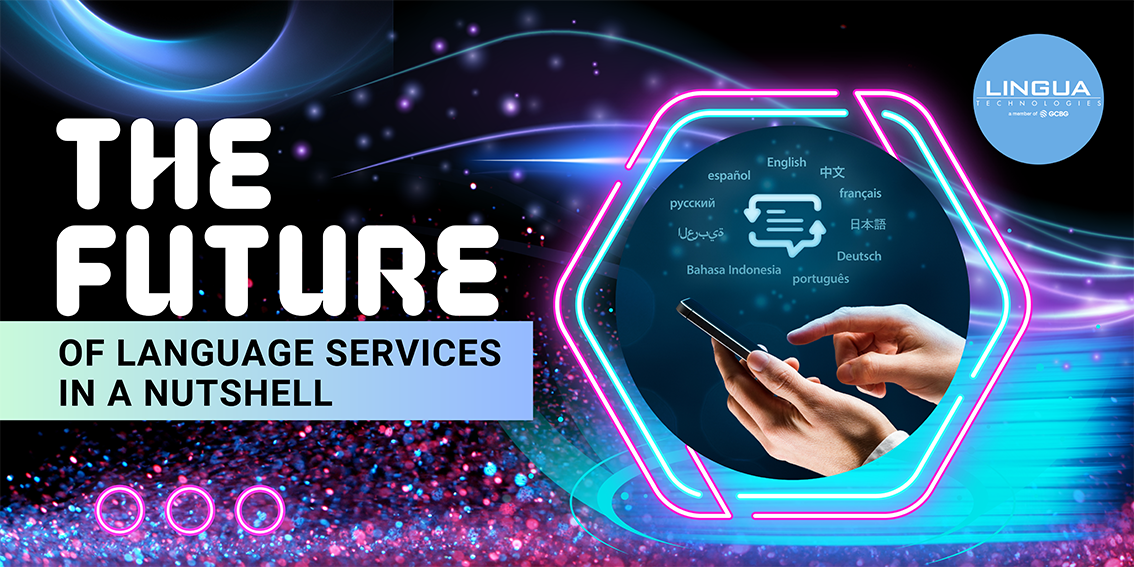Just like any other industry, the language industry has changed tremendously since humans first used the language to communicate. With technological advances in AI, human translators were warned of their pending demise as early as the 1980s.
We have seen many jobs replaced by machines, but human translators seem rather resilient so far despite the advances in AI in the translation industry. Will it stay this way, or will things change drastically in the next decade? We can't predict the future, but we can share a general overview of the potential trends and advancements in language services that have been observed in recent years and might continue to shape the future.
- Machine Translation: Machine translation has seen significant advancements with the advent of neural machine translation (NMT) models. These models have greatly improved the quality and accuracy of automated translation, making it more reliable and accessible for various industries. Continued developments in NMT technology, such as better contextual understanding and domain-specific translation, are expected.
- Natural Language Processing (NLP): NLP techniques enable machines to understand and process human language. In the future, NLP advancements may result in more sophisticated language processing capabilities, including sentiment analysis, language generation, and better contextual understanding. This can enhance various language services such as chatbots, virtual assistants, and automated content generation.
- Multilingual Voice Assistants: Voice assistants like Siri, Alexa, and Google Assistant have become increasingly popular. In the future, these voice assistants are expected to support multiple languages more effectively. They may also improve their language understanding and response generation, enabling more natural and context-aware interactions across different languages.
- Customization and Personalization: Language services are likely to become more customizable and personalized to meet individual needs. Users may have the ability to train language models to adapt to their specific preferences, dialects, or professional domains. This could enhance the accuracy and relevance of language processing and translation tasks.
- Integration with IoT and Smart Devices: With the growth of the Internet of Things (IoT) and smart devices, language services may become an integral part of the connected ecosystem. This integration can enable voice-controlled smart homes, seamless multilingual communication between devices, and language-based interactions with various IoT applications.
- Enhanced Collaboration and Localization Tools: Language services are crucial for global communication and collaboration. Future developments may include more advanced collaboration platforms, translation management systems, and localization tools. These tools can facilitate efficient collaboration among teams working across different languages and cultures.
It's important to note that the future of language services is subject to ongoing research and development, and new advancements may emerge beyond the scope of what is currently known. To obtain the most up-to-date and accurate information, I recommend referring to recent reports, studies, or industry insights specifically focused on the future of language services.

